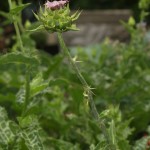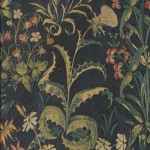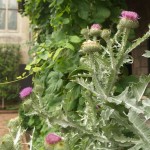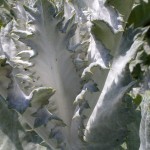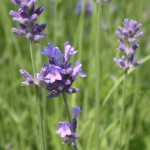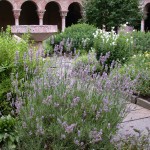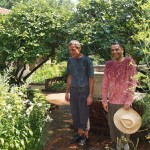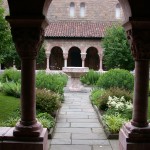Another Thistle
Left: Silybum marianum, the Marian thistle, is also known as milk thistle, because of the milky-white streaks on the spiny leaves; right: The thistle appears outside and below the enclosure of the captive Unicorn, near the Madonna lily (Lilium candidum), another plant associated with the Virgin. Visit the Collection Database to see the detail in context and learn more about The Unicorn in Captivity.
While thistles were a thorn in the farmer’s side, then as now, virtually all plants were accorded medicinal value in the Middle Ages. Milk thistle (Silybum marianum) was eaten as a vegetable, and is grown in a bed devoted to pottage plants here at The Cloisters, but it has a rightful place in the medicinal collection as well. Read more »

